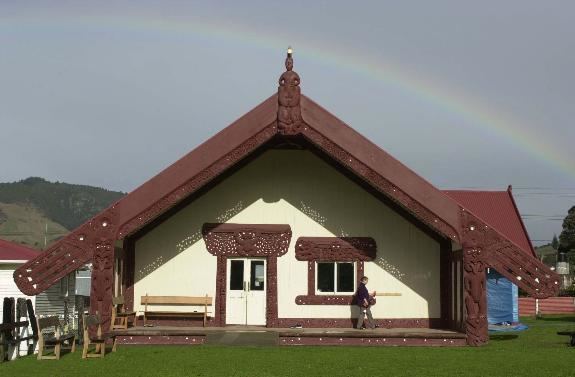 | ||
Similar Museum of New Zealand, Mount Tarawera, Lake Rotorua, Rotorua Museum, Bay of Islands | ||
Wharenui primary school cultural festival 2016
A wharenui ([ˈfaɾɛnʉ.i] literally "big house") is a communal house of the Māori people of New Zealand, generally situated as the focal point of a marae. Wharenui are usually called meeting houses in New Zealand English, or simply called whare (a more generic term simply referring to a house or building).
Contents
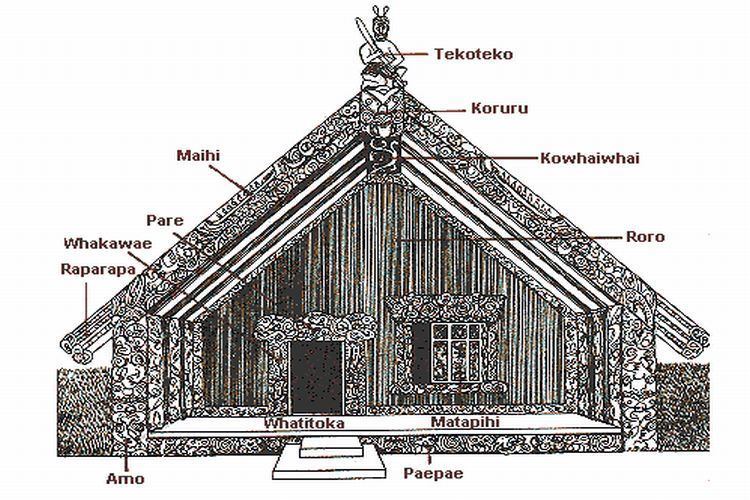
Also called a whare rūnanga ("meeting house") or whare whakairo (literally "carved house"), the present style of wharenui originated in the early to middle nineteenth century. The houses are often carved inside and out with stylized images of the iwi's (or tribe's) ancestors, with the style used for the carvings varying from tribe to tribe. Modern meeting houses are built to regular building standards. Photographs of recent ancestors may be used as well as carvings. The houses always have names, sometimes the name of a famous ancestor or sometimes a figure from Māori mythology. Some meeting houses are built where many Māori are present, even though it is not the location of a tribe; typically, a school or tertiary institution with many Māori students. While a meeting house is considered sacred, it is not a church or house of worship, but religious rituals may take place in front of or inside a meeting house. On most marae, no food may be taken into the meeting house.

Mataatua wharenui visit
Structure
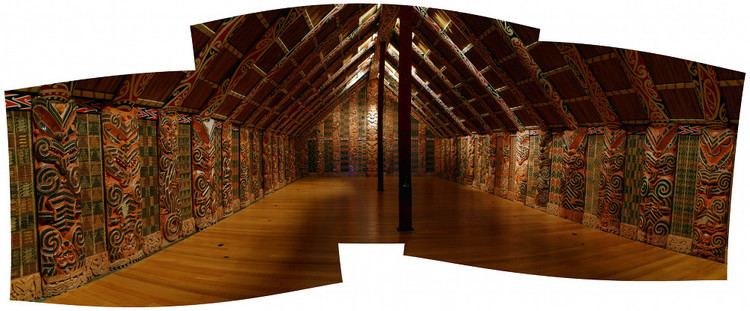
The building often symbolises an ancestor of the wharenui's tribe. So different parts of the building refer to body parts of that ancestor:
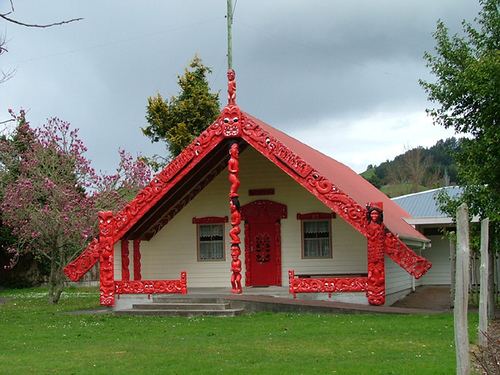
Other important components of the wharenui include:
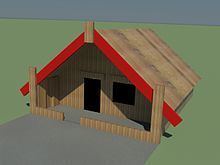

The marae ātea comprises an very important open space directly in front of the wharenui, and is used to welcome visitors onto the marae. It also serves as an area on which to debate issues.
Protocols
Meeting houses are the centre of any cultural, business, or any affair which is relevant to the iwi as a whole.
